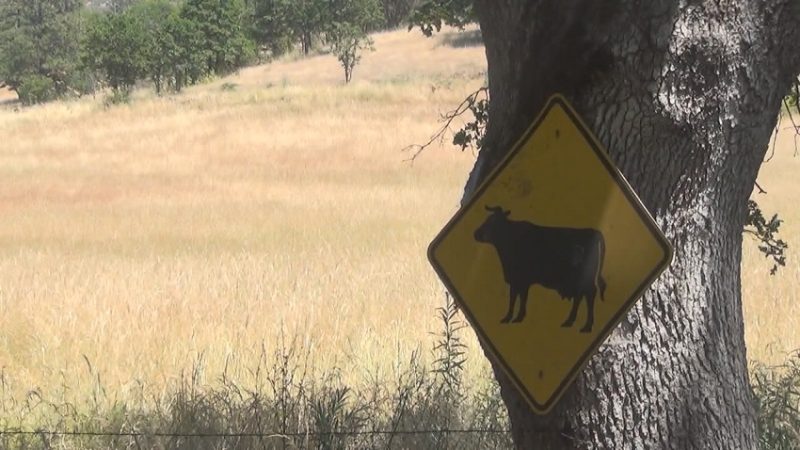Lakeview, Ore. – The Lake County Board of Commissioners has officially declared a Public Safety and Livestock Emergency as of February 18, 2025, in response to ongoing concerns over Wolf OR158’s impact on local livestock and public safety.
According to Lake County officials, Wolf OR158, a lone wolf that has traveled across Oregon and into California, has become a significant threat to the region’s cattle industry. The wolf has been linked to the deaths of five confirmed calves and three probable kills in less than ten days. These incidents are particularly troubling, as the county’s cattle operations are currently in the calving season, putting vulnerable newborn calves at increased risk.
Barry Shullanberger, Lake County Commissioner, voiced the community’s concerns, explaining the high stakes for local ranchers. “We have over 3,000 head of cattle in the vicinity where OR158 is active, and they’re in the calving process right now. The wolf can go down to the valley, kill a calf, eat on it, and then disappear into the forest,” said Shullanberger. “This is a dangerous situation for both livestock and families in the area.”
The situation is further complicated by the severe winter conditions, which have brought heavy snow to parts of Lake County. These harsh conditions create an additional challenge for ranchers already struggling with the cold and the challenges of managing their herds during calving season. Shullanberger emphasized the difficulty of the situation: “When a calf is born, it’s a special moment. That calf is innocent, struggling to survive, and then a wolf shows up. It’s not the right combination, and it’s causing real problems.”
Wolf OR158 has been tracked across a wide area, from Baker County in Oregon to Modoc County in California. Though the wolf has been fitted with a collar, which intermittently sends signals to the Oregon Department of Fish and Wildlife, the wolf’s movements continue to pose a challenge to authorities. Despite efforts by the U.S. Department of Agriculture’s Animal and Plant Health Inspection Service (APHIS) to deter the wolf using non-lethal methods, such as drones and range riders, these measures have been ineffective. The wolf, which shows no fear of humans or the deterrent noises used, continues to target livestock.
Shullanberger raised concerns about the safety of local residents, particularly children who live on family-operated ranches. “These are generational ranching families. Their kids are outside playing, checking livestock, and doing chores,” he said. “You don’t want to worry about where your kid is and their safety. We’re really concerned about that.”
In response to the growing threat, the Lake County Board of Commissioners is calling on Oregon Governor Tina Kotek to intervene and authorize immediate action to remove Wolf OR158 from the area. The county’s formal request includes a plea for the Oregon Department of Fish and Wildlife to pursue a permit to “take” the endangered wolf, as outlined in the Code of Federal Regulations Title 50, Section 17.
“We’re not backing down. Every day, that wolf gets hungrier, and it’s a dangerous situation for both the community and the livestock,” said Shullanberger.
Lake County’s declaration underscores the complex issue of balancing wildlife protection with the safety of local communities and agricultural interests. With ranchers and residents growing increasingly concerned, the call for swift action to address the threat posed by Wolf OR158 continues to grow.

